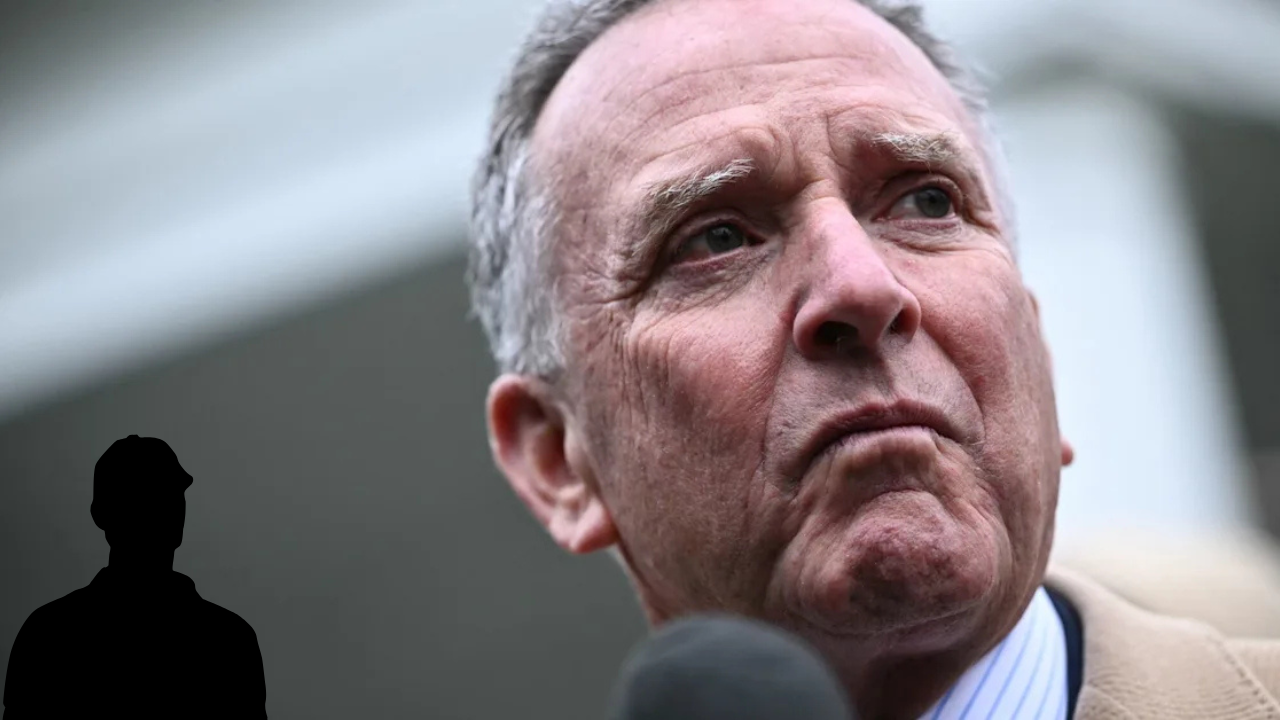
By: Rimi
Published on: Apr 12, 2025
In a bold move to accelerate diplomatic progress, former President Donald Trump has intensified pressure on Russia to end its prolonged war in Ukraine, declaring on social media: “Russia has to get moving. This terrible and senseless war must stop.” The statement coincided with a critical meeting between US Special Envoy Steve Witkoff and Russian President Vladimir Putin in St. Petersburg, signaling renewed efforts to broker a ceasefire amid stalled negotiations.
This article unpacks the latest developments in US-Russia diplomacy, the roadblocks to peace, and what this means for Ukraine’s future.
Donald Trump’s Friday post on Truth Social marked his most direct public challenge to Russia since re-entering the White House. His call for Moscow to “get moving” reflects growing frustration over the war’s escalating humanitarian toll, with over 500,000 casualties reported since 2022. Analysts suggest Trump’s rhetoric aims to strengthen the US’s bargaining position ahead of a potential ceasefire agreement.
“Trump is leveraging his rapport with Putin to push for concessions,” says Dr. Emily Carter, a geopolitical analyst at the Atlantic Council. “But Russia’s demands, like SWIFT access, complicate the path to peace.”
The St. Petersburg meeting between Putin and Witkoff, Trump’s Middle East envoy turned Ukraine negotiator, lasted over two hours. While the Kremlin described discussions as “productive,” spokesperson Dmitry Peskov tempered expectations, stating, “This was an opportunity to share Russia’s positions, but breakthroughs are unlikely overnight.”
SWIFT Reconnection Demand: Russia insists on reconnecting its state-owned bank to the SWIFT international payment system, a condition the EU has resisted.
Black Sea Truce: A 30-day moratorium on energy infrastructure attacks expires April 18, with both sides accusing the other of violations.
Prisoner Swap Prospects: Technical talks in Istanbul followed a recent Abu Dhabi exchange, hinting at further deals.
Kirill Dmitriev, Russia’s lead negotiator, shared a photo of Witkoff and Putin on Telegram, captioning it: “Productive meeting. We’re closer to finalizing the agreement.” However, Ukrainian officials remain skeptical. “Russia’s demands undermine our sovereignty,” said Ukrainian Foreign Minister Dmytro Kuleba.
Last month’s negotiations in Saudi Arabia collapsed over Russia’s SWIFT demands. The EU had disconnected several Russian banks from the system in 2022 to cripple Moscow’s war financing. Reconnecting them could funnel billions into Russia’s economy, a move Europe vehemently opposes.
“The SWIFT issue is a non-starter for the EU,” explains finance expert Mark Thompson. “It’s not just about Ukraine—it’s about maintaining leverage over Russia’s global trade.”
February 2025: Witkoff secures the release of American teacher Marc Fogel during his first Moscow visit.
March 2025: Second Witkoff-Putin meeting precedes Saudi Arabia negotiations.
April 2025: Technical talks in Istanbul focus on bilateral relations and prisoner swaps.
Each meeting has been followed by a Trump-Putin call, underscoring Witkoff’s role as a trusted intermediary.
The proposed 30-day Black Sea ceasefire aimed to halt attacks on energy sites and allow grain exports to resume. However, with the moratorium set to expire on April 18, tensions are rising:
Ukraine accuses Russia of bombing power plants in Kharkiv.
Russia claims Ukrainian drones targeted oil depots in Rostov.
“The truce is hanging by a thread,” says UN mediator Lars Jensen. “Without compromise, escalation is inevitable.”
Witkoff’s diplomatic marathon continues in Oman, where he’ll meet Iranian Foreign Minister Abbas Araghchi—a move suggesting broader regional security talks. Meanwhile, the Kremlin has signaled openness to further dialogue but remains firm on SWIFT.
Breakthrough: Russia softens SWIFT demands in exchange for eased sanctions.
Prolonged Stalemate: Talks drag into summer, with sporadic fighting continuing.
Collapse: The Black Sea truce expires, triggering a new wave of strikes.
The Ukraine conflict has reshaped alliances, energy markets, and global food security. A lasting ceasefire could:
Stabilize wheat and oil prices.
Reduce NATO-Russia brinkmanship.
Restore Black Sea shipping routes critical to Africa and Asia.
Conversely, failed talks risk expanding the war into a broader NATO-Russia confrontation.
As Trump urges Russia to “get moving,” the world watches whether Witkoff’s shuttle diplomacy can overcome the SWIFT impasse. With casualties mounting and a truce deadline looming, the next week could determine the war’s trajectory—and Trump’s diplomatic legacy.
Comments
No comments yet. Be the first to comment!
Leave a Comment